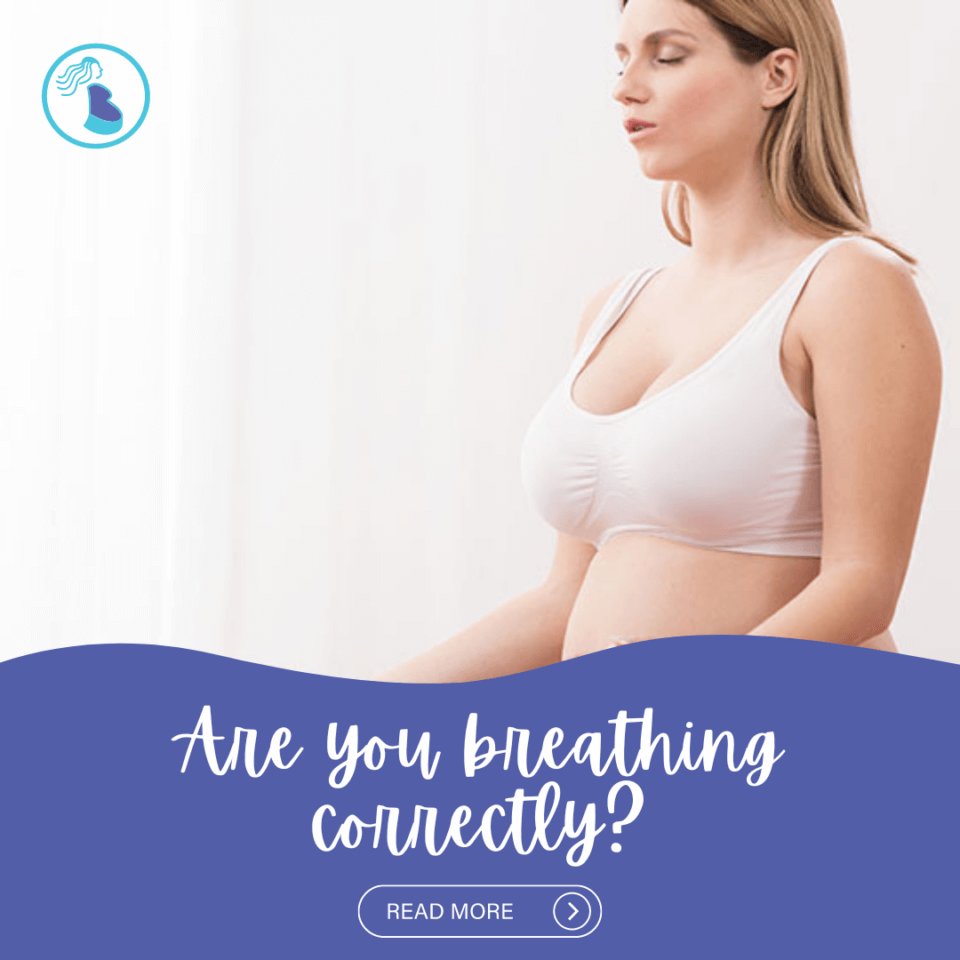Breathing Techniques for Pelvic Floor Health


When it comes to the pelvic floor, how we breathe can acutely impact the muscles at the base of your pelvis. Many folks tend to breathe with their upper neck and chest muscles, which causes a decrease in movement of the respiratory diaphragm. If your respiratory diaphragm isn’t moving well, then that likely means your pelvic floor muscles aren’t moving well either. This can lead to decreased strength and increased presence of painful trigger points in the pelvic floor which may lead to urinary, bowel or sexual troubles.
Many breathing techniques originate from the teachings of yoga and are referred to as ‘pranayama’. This term can be broken into two parts with ‘prana’ translating to ‘life force’ and ‘yama’ translating to expansion. Life force energy is the flow of oxygen throughout the entire body and pranayama is the practice of increasing that flow. The ancient origins of pranayama date as far back as 7000 years and since then have served as a powerful tool to heal illness and correct mental imbalances. Pranayama has well documented health benefits in addition to prevention and management of disease – see below for a short, but not complete list.
Below, we will review basic diaphragmatic breathing, which serves as the foundation for all of the other breath techniques. Take your time with diaphragmatic breathing, the more comfortable you are with it, the more success you will have when trying the other techniques in Part II of this blog. Stay tuned, in Part II we will cover specific pranayama techniques and other breathing exercises to help you reap some of the benefits below!
The first step to maximizing your breath practice is to simply become aware of how you are breathing. Breath awareness practice gives folks the opportunity to start to notice the correlation between breath, tension and pain. Then, changing and regulating your breath using breathing exercises to manage tension and reduce pain increases your ability to manage how you are feeling. Using breathing exercises empowers you to effectively self-regulate, improving your chances of changing a painful experience.
Note on Inhale
As you get comfortable with diaphragmatic breathing to start, think less about inhaling “deeper” and more so about inhaling “longer, smoother, softer”. You can even think about “sipping” the breath. This will help you to be more calm and patient with the breath without rushing or forcing it.
Now that you’re informed and curious about your breathing, let’s jump in! Don’t forget: trust your breath and see if you can listen to what your body may be telling you.
- Find a comfortable position either laying on your back with your knees bent or in a chair.
- Breathe slowly through your nose and visualize drawing the air down towards your low belly and pelvis. As you take your deep breath in, think about breathing into yes, the belly, but also the sides and back of your ribs. Try placing your hands on the sides of your ribcage to feel this expansion. It’s important to note that you are not using your abdominal muscles to push out your stomach, but rather, allowing the air to fill the abdomen.
- Exhale slowly through your mouth and allow the abdomen to recoil back down to its resting position.
- You may place your hands on your chest and belly for this exercise to help you focus on feeling the breath in the middle of your belly and less in your upper chest.
- Perform for 5-10 minutes. You can even practice a few diaphragmatic breaths during moments of stress or anxiety to avoid activating your body’s ‘fight or flight’ response.
If you have any specific questions always discuss your entire exercise routine with your doctor and Visit a Pelvic Floor Physical Therapist near you.
